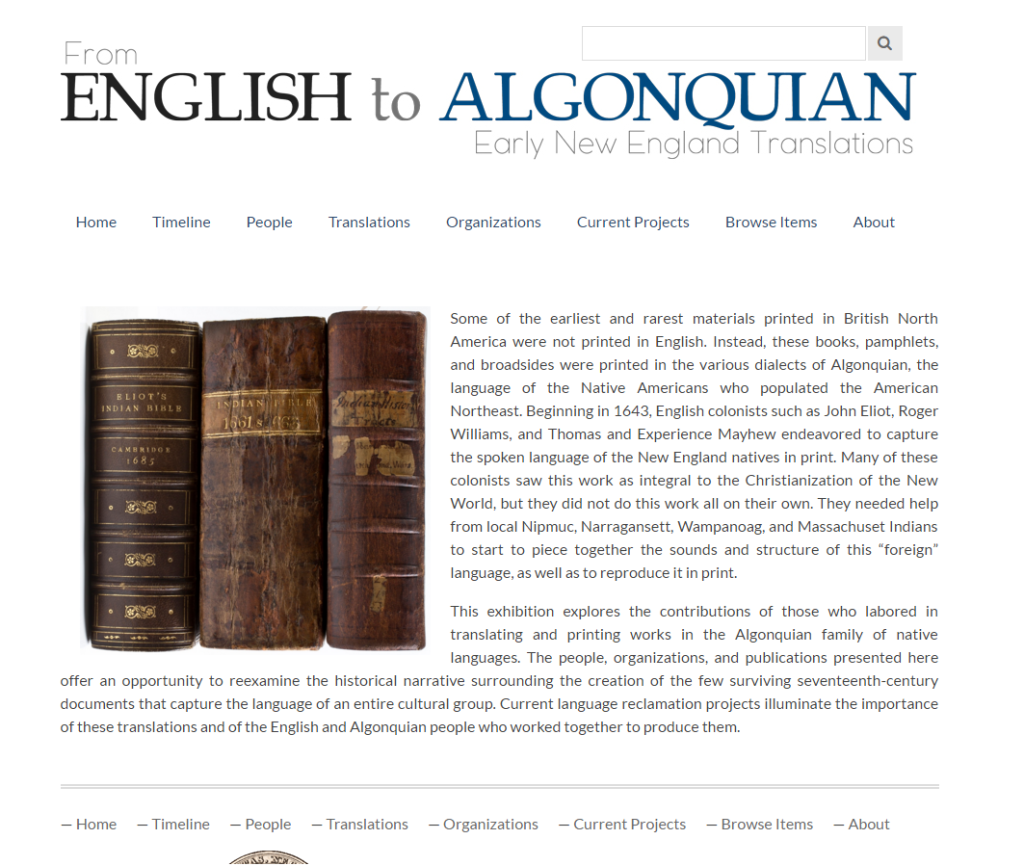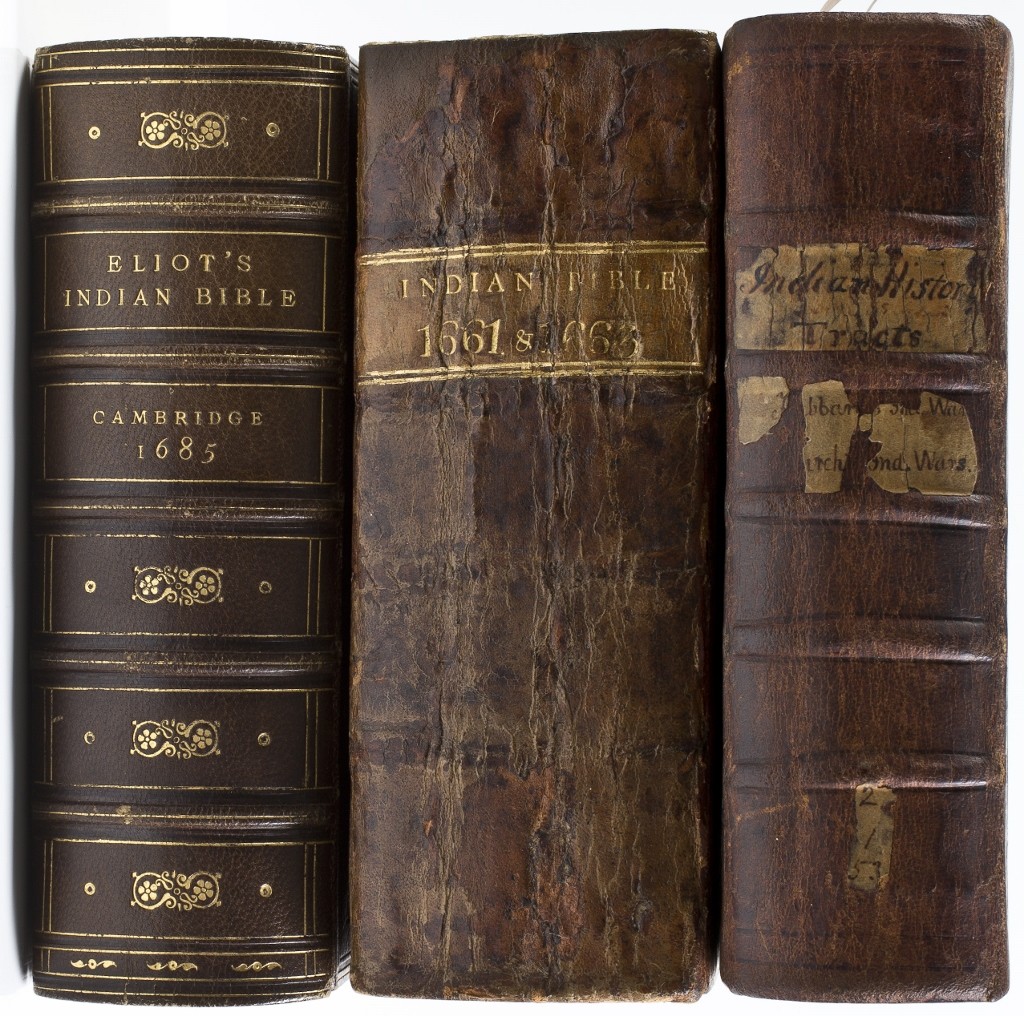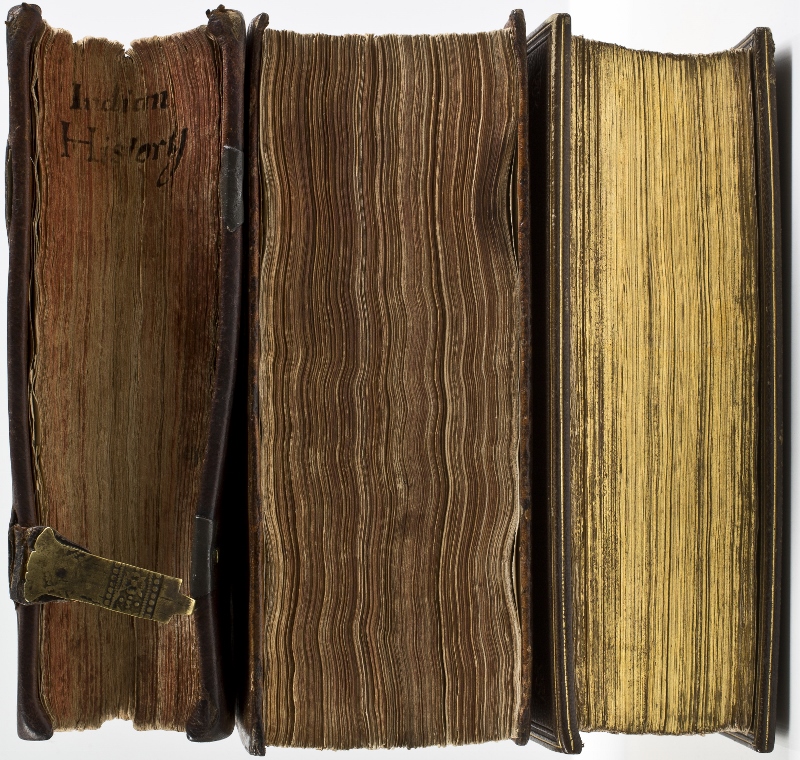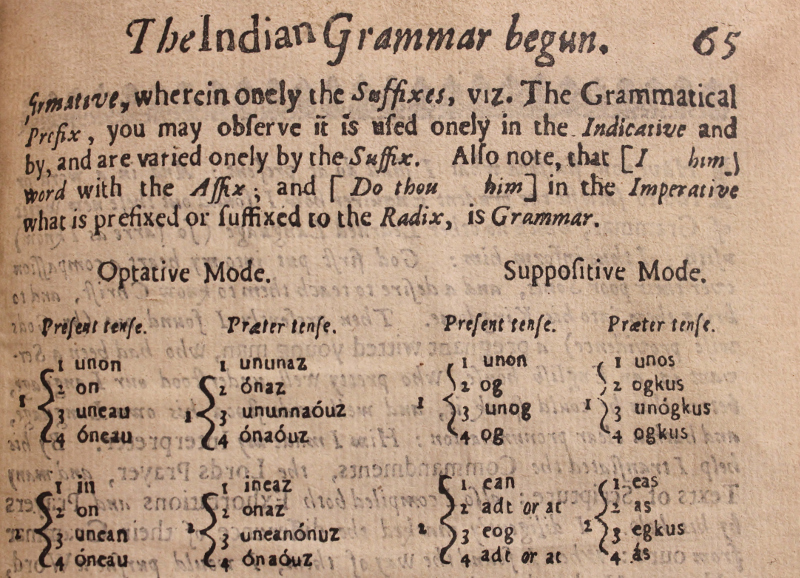In addition to paging and returning collections materials, managing the desk schedule and the reference and reception staff, answering reference questions and compiling daily circulation statistics, my typical day as head of readers’ services usually involves meeting one or more researchers who are excited to arrive at Antiquarian Hall for the very first time. After informing new readers of our policies for handling rare materials and talking to them about how to use our My Web AAS online request system, I sometimes strike up conversations with them about whether they’ve been to New England, Massachusetts, or Worcester before. I can often suggest a good lunch spot or several places they should check out while they are in town. If we get to talking, they will often ask, “Are you from Worcester?” Sometimes I reply with a simple yes. Other times I’ll tell them that my family has been in Worcester for years—hundreds of years, in fact. I’ll tell them that I am part Nipmuc, and that Worcester is my ancestral home.
 To be honest, though most of my family lives in Worcester, I’ve only been in town for about six years, when I started working at AAS. For the last two-and-a-half years while I’ve been working at the AAS reference desk, I’ve begun to explore my interest in Native history with a new excitement. I’ve had the opportunity to investigate our holdings of amazing sources relevant New England Native history and language and have had the chance to meet and speak with scholars and tribal authorities (and staff) who work in indigenous studies. Out of this interest and these interactions, the idea for the most recent online exhibition from AAS was born: From English to Algonquian: Early New England Translations.
To be honest, though most of my family lives in Worcester, I’ve only been in town for about six years, when I started working at AAS. For the last two-and-a-half years while I’ve been working at the AAS reference desk, I’ve begun to explore my interest in Native history with a new excitement. I’ve had the opportunity to investigate our holdings of amazing sources relevant New England Native history and language and have had the chance to meet and speak with scholars and tribal authorities (and staff) who work in indigenous studies. Out of this interest and these interactions, the idea for the most recent online exhibition from AAS was born: From English to Algonquian: Early New England Translations.
 The online exhibition showcases roughly a dozen texts printed in several Native American languages, including Massachuset, Narraganset, and Wampanoag—all sublanguages of the larger Algonquian family of languages spoken by natives living along the east coast of North America and west to the Rocky Mountains. The books themselves tell their own stories. The grammars and dictionaries attempt to capture a spoken language and explore its meaning, pronunciation, and structure. A 1,200 page Bible printed in Algonquian was the
The online exhibition showcases roughly a dozen texts printed in several Native American languages, including Massachuset, Narraganset, and Wampanoag—all sublanguages of the larger Algonquian family of languages spoken by natives living along the east coast of North America and west to the Rocky Mountains. The books themselves tell their own stories. The grammars and dictionaries attempt to capture a spoken language and explore its meaning, pronunciation, and structure. A 1,200 page Bible printed in Algonquian was the  largest printing project undertaken at the Cambridge press in the 1660s, when printing in America was still a fledgling enterprise. These imprints serve as physical reminders of the English colonists’ desire to Christianize Native Americans, but now their contemporary use turns this colonizing effort on its head. These texts are now actively being used by New England tribes to resurrect their languages—languages that in some cases have not been spoken for centuries.
largest printing project undertaken at the Cambridge press in the 1660s, when printing in America was still a fledgling enterprise. These imprints serve as physical reminders of the English colonists’ desire to Christianize Native Americans, but now their contemporary use turns this colonizing effort on its head. These texts are now actively being used by New England tribes to resurrect their languages—languages that in some cases have not been spoken for centuries.

In addition to showcasing these rare and beautiful objects, the exhibition also includes short biographies of the men who worked to produce them. Often history remembers the colonists John Eliot, Roger Williams, and Samuel Green who translated and printed many of these texts, but leaves out the obvious: these men could not have learned a language so foreign to them well enough to translate and reproduce it in print without the help of those who spoke it as a first language. As such, the exhibition also includes short biographies of those Nipmuc, Narraganset, Wampanoag, Massachuset, and other natives without whom these texts could not have been produced.
I hope you enjoy scrolling through this newest exhibition!

Gregory Dexter printed “A Key into the Language of America or An help to the Language of the Natives in that part of America, called New England” for Roger Williams and Dexter was, in fact, urged to move to the states to set up printing here. From Wikipedia: “He had been in the printing business in London, and still operated that business in 1643 when his establishment printed Roger Williams’ translation of the native languages.” Roger Williams
Thanks for sharing that info, Marley! Roger Williams’ ” A Key into the Language of America…” is one of only a few items featured in the exhibition that was printed in London and not New England.